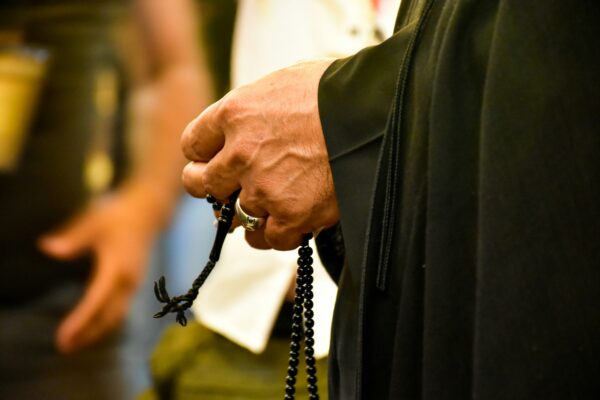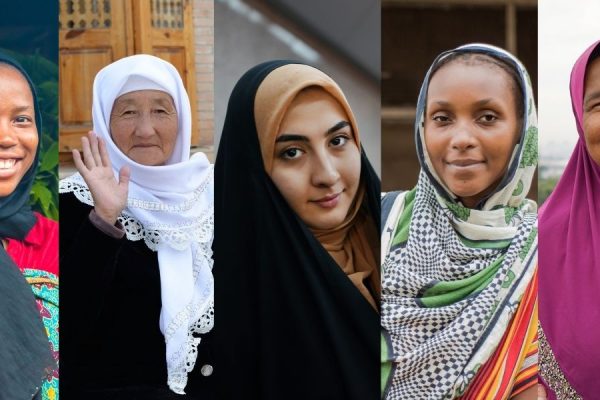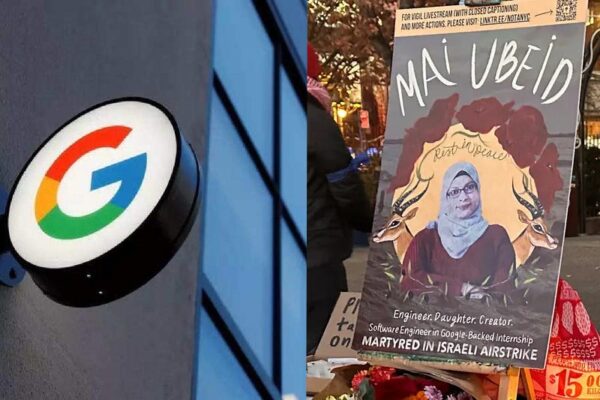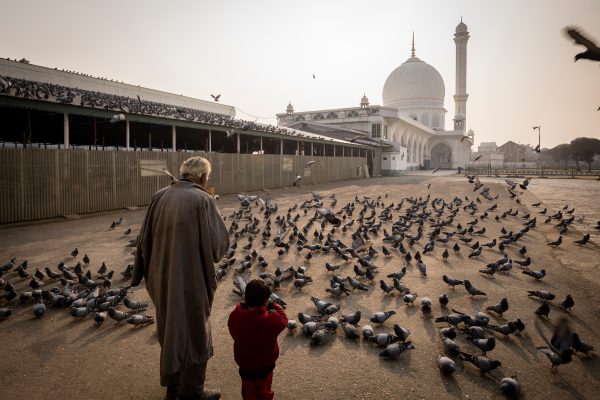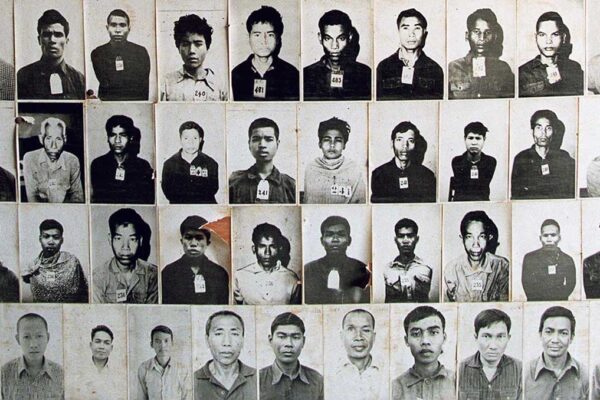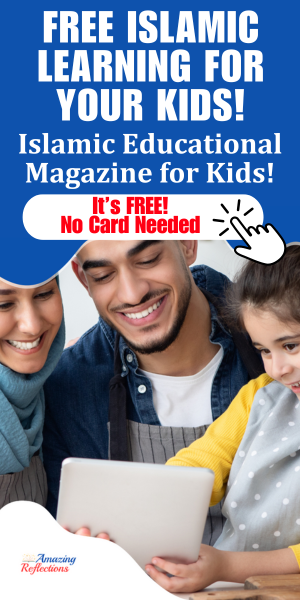If you step back and look at this from the perspective of power, it’s chilling.
If you step back and look at this from the perspective of power, it’s chilling.
I’ve hesitated to write this piece. I can only imagine how sick women, and Muslim women especially, are of having their clothing and bodies discussed at length, especially by men. Sometime a few years ago I made a decision not to write about hijabs and headscarves, and have stuck to it by and large. I’ve decided however to wade into the recent debate about hijab at primary school and mansplain like the best of them because there’s a particular issue that I feel has been left off the table in the whole discussion.

A bit of context
In September of last year, an open letter was published in The Times (and elsewhere) calling the government to intervene in the wearing of the headscarf by young girls in primary schools. It was co-signed by women’s rights campaigners (Amina Lone, Gina Khan, Zehra Zaidi, Aisha Ali Khan, Henna Rai, Iram Ramzan, Lejla Kuric, Sara Khan, Yasmin Rehman, Afsana Lachaux, Tehmina Kazi) and also Stephan Evans from the Nationalist Secular Society (because why not?).
Since then, Ofsted have announced they will be quizzing young girls on why they wear the hijab. There are some powerful reactions to this, including the Muslim Council of Britain publishing the views of 100 Muslim women on the topic and a poem by “The Brown Hijabi” Suhaiymah (below).
There is a particular take that I want to ensure is included in the discussion: the human right element.
The human right element
This debate should not be a debate about choice, which is fallacious ground. Most children don’t have a significant degree of agency in their lives about anything, putting the bar of “choosing” the hijab for young Muslim girls is untenable.
This debate should also not be about theology. It doesn’t matter whether the Islamic tradition teaches that the hijab should be worn post-puberty.
This debate is squarely about human rights. Does the state have a right to interfere in the decisions parents make about their children’s clothing? The principles of human rights are to protect the individual and communities from the authoritarian intrusion by the state.
The women’s rights campaigners (and uh… Stephan Evans) who feel young children should not wear the hijab at a primary school have not yet made the case that the hijab justifies a safeguarding issue that requires government intervention. Instead, and it pains me to say this, they shamefully relied upon a dominant narrative of Muslim-women-needing-saving (see Lila Abu-Lughod’s book) to invite draconian government behaviour to a minority religious community.
In fact, if you step back and look at this from the perspective of power, it’s chilling. On the one hand, you have the government, the most powerful institution in the country. On the other hand, you have those facing the “questioning” — young Muslims girls, who are among the most disempowered group possible. They are disempowered on account of being a religious minority, on account of being female, and on account of being children.
The question I would put to the campaigners who raised this issue is why they did not try civil society approaches first — to contact headteachers, to speak to parents directly, to ask Muslim scholars to address the issue with their congregations. This is, after all, a question about community ethics and values. Instead, the campaigners chose a deeply illiberal approach, and a dangerous one too.
The open letter claims that the “hijab” sexualises. The hijab is many different things to many different people. For some, an act of worship, for others, a statement of identity, and no doubt for other’s still, it is an expression of sexual modesty. This diversity and disagreement is essential and inevitable, as Anthony Cohen described, in “the symbolic construction of community”.
Instead, the campaigners have sought to impose their singular interpretation of the hijab as a sexual piece of clothing onto others through government, and then sought to impose their preferences through government. In doing so, they have replaced parents with the state as those primarily responsible for the upbringing of Muslim children. It is barely a step away from Ukip’s policy of forced vaginal examinations for Muslim girls in Britain.
This is not a healthy direction for society to be heading, and for those like myself who are disturbed by this trend need to rally behind Human Rights legislation — itself under threat — to undo this damage.
by Abdul-Azim Ahmed, PhD in religion and sociology. Editor of @OnReligionMag www.OnReligion.co.uk.
This article was originally published here.



